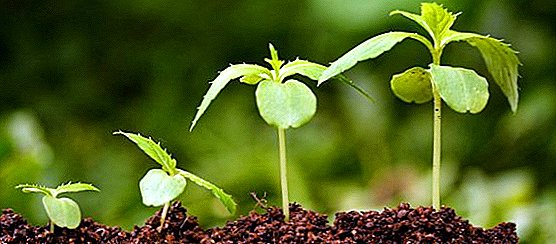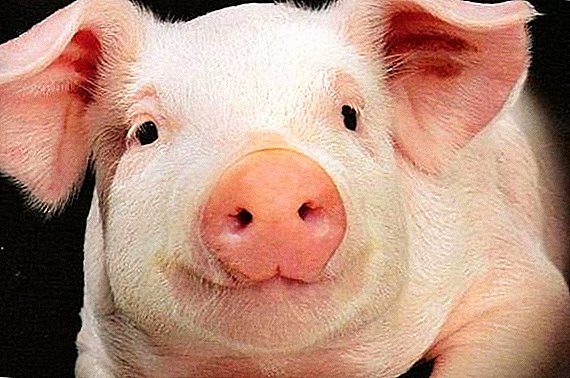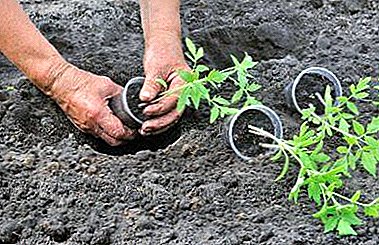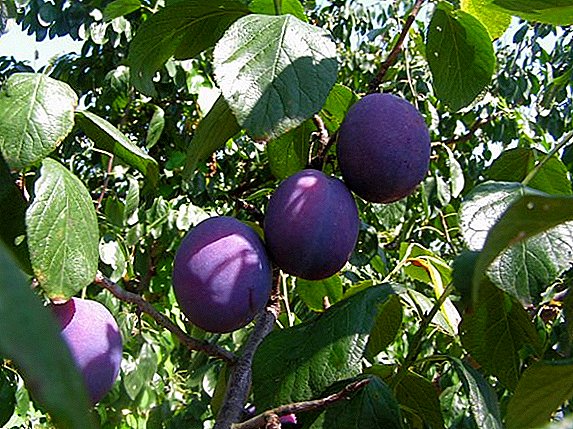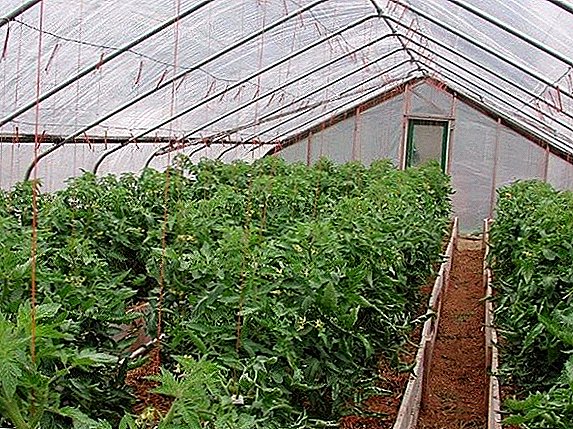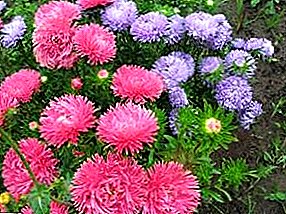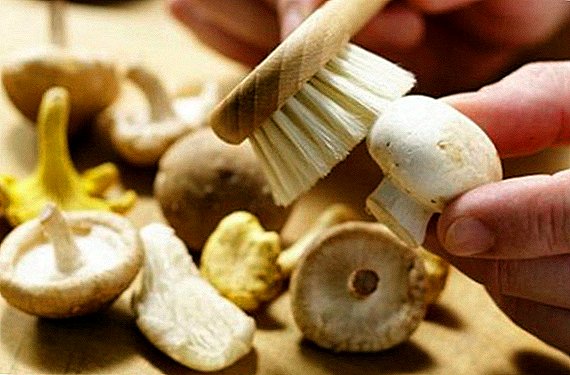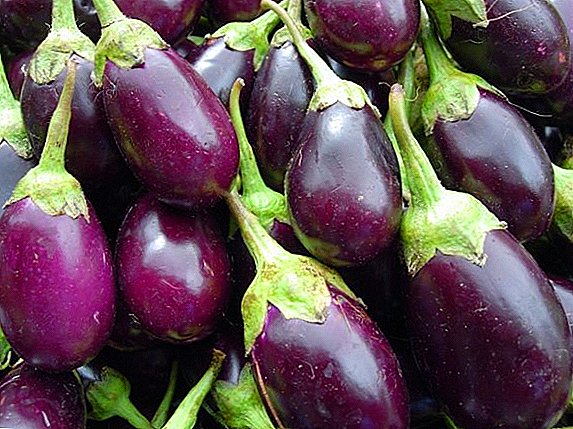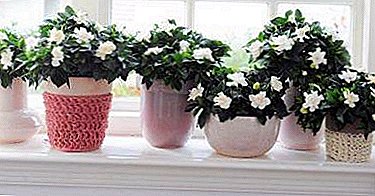
The pledge of healthy growth of any plant is the right care. Gardenia is no exception. She also needs special care.
A beautiful flower requires not only watering, fertilizing and so on. Much depends on the soil in which gardenia grows.
From the article you will learn about what kind of soil gardenia needs for normal growth, and which absolutely does not fit the plant.
The importance of the right land
Gardenia is very capricious in choosing the soil. Even if you carefully and properly care for it, it does not compensate for the wrong composition of the soil in which it grows. The full development of the flower depends on a well-developed root system.
Important. Gardenia loves acidic soil, which in no case should not be lime. The soil in which it grows should be as close as possible to its natural habitat.
The flower reacts very sharply to the wrong ground. It will grow badly, for an indefinite period there may be no flowering. If, all the same, the flower begins to bloom, the flowers will be small and inconspicuous. Quickly enough, the plant will throw off the flower stalks, and the leaves will turn yellow and turn black.
Wrong ground - what is it?
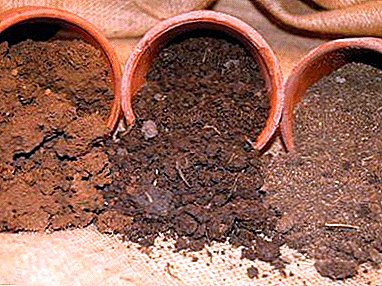 Gardenia prefers acidic soil with a pH of 4.5-5.5, below does not fit the plant.
Gardenia prefers acidic soil with a pH of 4.5-5.5, below does not fit the plant.- Heavy, crammed and dense soil is also an inappropriate option for a plant.
- If the soil badly holds the soil, then it should be abandoned.
It is important to remember that even if you choose the right soil for gardenia, then over time, acidic substances are washed out of it. Which means that the soil must be periodically acidified independently.. To do this, prepare a weak acid solution from:
- 1 liter of water;
- a couple of drops of citric acid;
- 0.5 g / l of ferrous sulfate.
This solution is watered a flower two or three times a month.
Suitable soil
Choose sour, light, loose and most importantly fertile soil.which is able to retain moisture.
Such soil can be purchased at a specialty store. It is quite suitable mixture for planting azaleas, rhododendrons, or a universal soil mixture for flowering plants.
As additives in the soil use:
- sphagnum moss 10%;
- sand 10%;
- ripper 10%.
When adding sand, it must be further processed so as not to introduce pathogens or chemicals into the soil. Coarse white sand is best. If you use yellow sand, then it must be added in larger quantities due to the fact that it is much smaller.
Sand preparation:
- Rinse under proton water, stirring to get rid of lime.
- Cover with water and boil.
- Boil for 20 minutes.
- Rinse three times with water.
- Ignite in the oven until dry.
How to make yourself?
 For self-preparation of the soil will need:
For self-preparation of the soil will need:
- sod, coniferous and deciduous land;
- peat;
- sphagnum moss;
- sand;
- drainage.
As the drainage need to use expanded clay. Pre-expanded clay, as well as sand, is treated from harmful substances.
To exclude only the calcination in the oven, and boiling increase to half an hour.
Options for sale with specific prices
- "Vermion" soil for gardenia 2.5 liters, 33.80 rubles.
- "Garden of Miracles" nutrient soil for azaleas, 2.5 l, 53 rubles.
- Ambulance ready soil for azaleas, 2.5 liters, 25 rubles.
- "Eco Garden" soil for gardenia, 1 l, 38 rubles.
- "Compound" Albin "soil for gardenia 2.5 liters, 22.19 rubles.
- Universal soil for flowering "People's soil", 10 l, 130 rub.
What pot is needed?
An important point is the choice of capacity for the plant. When choosing a pot for gardenia, it is important to know:
- The pot should be of small diameter.
- Each subsequent pot should be 2-3 cm more than the previous one.
- Ceramic or plastic containers are best.
- In the planting pot must be drainage holes.
- The tank should be shallow to avoid stagnant water.
How to water and feed?
Watering is carried out in this way:
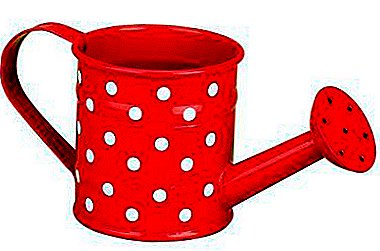 In the summer, water 1-2 times a week and monitor the condition of the soil.
In the summer, water 1-2 times a week and monitor the condition of the soil.- Water when the top layer is dry. Do not allow complete drying.
- In winter, water once every 7-10 days.
- During flowering to carry out abundant watering and monitor the condition of the plant.
- Water for irrigation should be soft, filtered, without salt and impurities.
- Water temperature + 33-40 degrees.
As for fertilizer, it should be applied without interruption from March to August. In the autumn-winter period, fertilizers are optional. Follow the following rules when feeding:
- Feed twice a month.
- Fertilizer concentration should be two times weaker than in the instructions.
- Moisturize the soil before fertilizing.
- For food use complex fertilizers for flowering plants.
- If you have problems with leaves (yellowing, paleness, etc.), feed with iron sulfate.
- Do not use calcium fertilizer.
- Just bought a flower does not feed 2 months.
- Do not fertilize the soil for 1-2 months after transplantation.
Homemade fertilizer
To increase soil acidity
In one liter of water, dilute two drops of citric acid, add 0.5 g / l of ferrous sulfate, water 1-2 times per month.
For stable development and prevention of diseases
Use the drug Aktiferrin, which is sold in pharmacies. Dilute half a teaspoonful of the substance in half a glass of water. Water the plant 2 times a month.
Nettle for growth
Chop up the collected nettle into a plastic container, filling 1/3 of its volume.
- To fill with water.
- Cover the container with a cloth.
- Leave for 2 weeks to ferment.
- Then strain.
- Dilute with water at a ratio of 1:10.
- Water the plant no more than once a month.
Yeast
Such fertilizers promote active root growth. They are also a source of additional nutrients that may not be in the ground. Cooking method:
 100g yeast diluted in warm water.
100g yeast diluted in warm water.- Pour the warm distilled water into a three-liter jar, pour the diluted yeast into it.
- Add 5 tbsp. spoons of sugar, mix, put in a warm place.
- Next, dilute the solution: use 1 cup of yeast liquid in a bucket.
With this solution, gardenia is watered once a month.
With mullein for good development
- Liquid cow dung is poured with water in a deep tank (barrel or vat) in a 1: 5 ratio.
- Insist two weeks.
- To speed up flowering, you can spray the plant.
- To do this, prepare a mullein infusion with water in proportions of 1:20.
- Next, carry out spraying the plants with this solution.
This fertilizer can protect against the appearance of pests and diseases.
Funds for sale
"Bio Technology" is organic
It is a complex of micronutrients for the plant. Able to saturate the poorest soil. Ensures active plant growth. increases the flowering cycle. Strengthens the immunity of the flower. Does not contain pesticides, radionuclides, GMOs.
Volume: 75 ml.
Price: 198 rubles.
Agricola Aqua for flowering plants
Increases the number of colors. They become the largest, new bud ovaries are formed very quickly. Struggles with yellow leaves, which may appear due to the lack of one or more beneficial substances.
Volume: 250 ml.
Cost: 98 rubles.
"Flower happiness" complex
Increases resistance to adverse environmental factors, stimulates the tab flowers, provides long-term and abundant flowering. Also, the drug stimulates root growth. It is used for root and foliar feeding.
Volume: 250 ml.
Price: 100 rubles.
Before growing gardenia, remember that beautiful appearance, flowering and plant health depends on proper care. A big role is played by the soil in which the flower grows. Follow the rules of care and choice of soil for gardenia and then you will not have any problems with it.


 Gardenia prefers acidic soil with a pH of 4.5-5.5, below does not fit the plant.
Gardenia prefers acidic soil with a pH of 4.5-5.5, below does not fit the plant. In the summer, water 1-2 times a week and monitor the condition of the soil.
In the summer, water 1-2 times a week and monitor the condition of the soil. 100g yeast diluted in warm water.
100g yeast diluted in warm water.